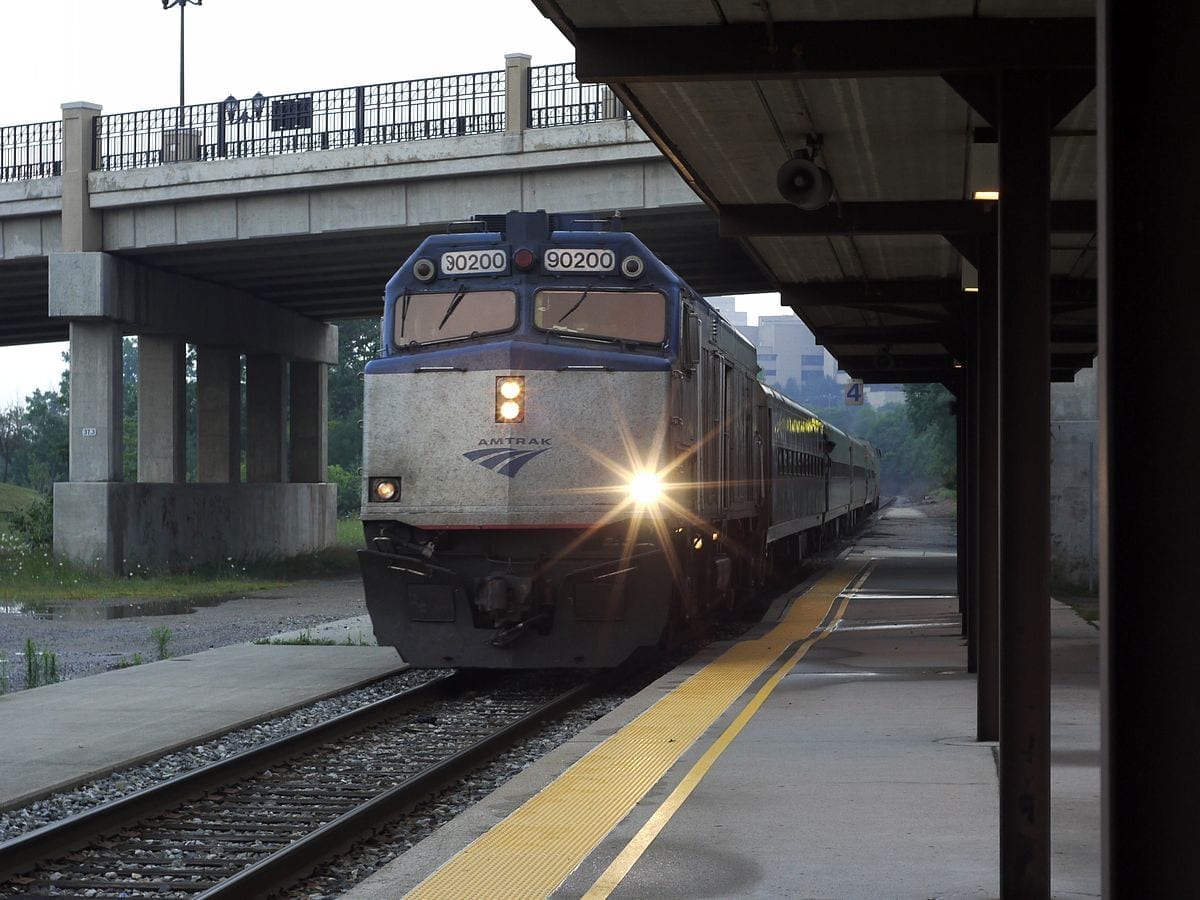Details on the fourth deadly Amtrak accident in less than two months are starting to emerge.
According to NPR, the fault may lie in a safety switch which was locked in the wrong position. While the investigation has only just begun, accusations are already being brought against a supposed “lax safety culture” at Amtrak – even though the collision seems to have been caused by an oversight at freight company CSX.
Train No. 91, en route from New York’s Penn Station to Miami, wasn’t hauling a defective car or traveling around a hairpin bend.
Unlike December’s dramatic derailment in Oregon, No. 91 may not have been traveling over the speed limit, either.
The fault, it seems, stems from a simple mistake – a locked safety switch which diverted the column of carriages onto a side track. Not long down the unintended route was a stationary freight train. When the vehicles collided, two Amtrak employees – 54-year old engineer Michael Kempf and conductor Michael Cella, 36 – were killed.
Further back past the engine car, scores of passengers were tossed about, some seriously injured from the impact.
In total, the simple mistake killed two and left 116 wounded.
Investigators for the National Transportation Safety Board are focusing on the locked safety switch as one of the main factors contributing to the crash. NPR reports that they’re also considering whether the absence of wayside signals, taken down for repair, played a part.

So far, NTSB’s detectives have said they believe CSX freight employees failed to flip the safety switch back to its proper position after pulling their freight train down the side track. The extraordinary oversight may have sent Amtrak’s cars barreling off the mainline rails at over 56 miles per hour.
The CSX staff should have set the switch back to its standard setting, which would enable traffic on the mainline to travel without diversion.
Startlingly, NTSB Chairman Robert Sumwalt says the employees reported resetting the switch and had even requested permission to leave the area.
“They had, in fact, released their authority back to the dispatcher,” said Sumwalt on Monday. “They had already said, ‘We’re through,’ which would indicate that they’ve done everything they need to do.”
Not surprisingly, Amtrak President and CEO Richard Anderson placed the blame squarely on CSX, saying his company’s train was “on the track as dispatched by CSX, the host railroad […] our crew on 91 was cleared to proceed by CSX dispatch, but CSX had lined and padlocked the switch off the mainline to the siding, causing the collision.”
Anderson’s strikingly reasonable explanation didn’t stop lawmakers from calling out Amtrak’s sluggish response to safety proposals.
Sumwalt, along with Rep. Sean Patrick Maloney (D-NY), both noted that the timely implementation of ‘positive train control’ (PTC) could have prevented the accident.
PCT, which lawmakers have been pushing railroads to begin installing on all trains, uses GPS to track the positions of all freight and passenger trains utilizing American tracks. If two vehicles seemed set for a collision course or were traveling at dangerously high speeds, PCT would trigger an alarm and automatically reduce the rate of travel.
Nevertheless, Sumwalt cautioned against laying all the blame on Amtrak, regardless of whether its vehicles were outfitted with PTC devices.
“It’s very important that we have to look at each of these incidents in isolation to be able to determine if there are any systematic issues,” he said. “Are we willing to say it’s a systematic issue with Amtrak? No, we’re not.”
Sources
2 killed, 116 hurt when Amtrak train crashes into stationary freight train


Join the conversation!